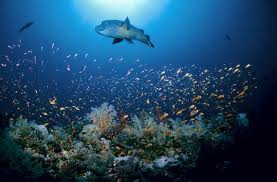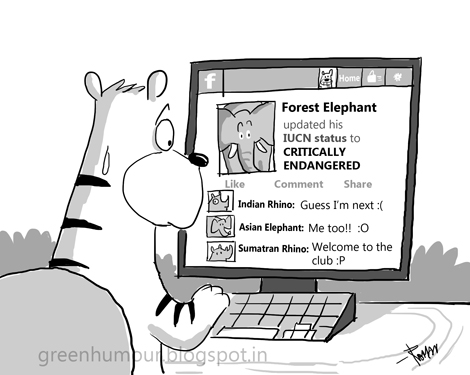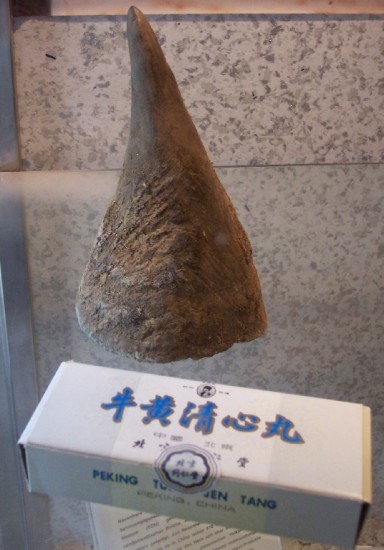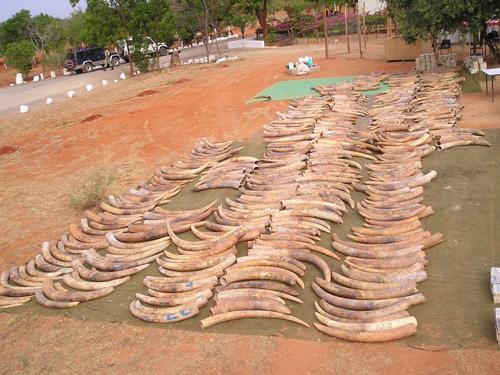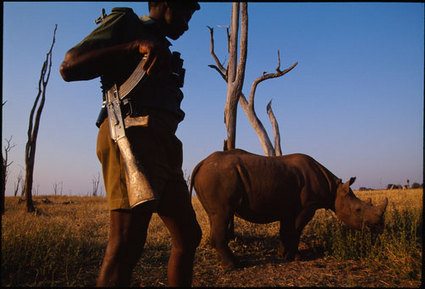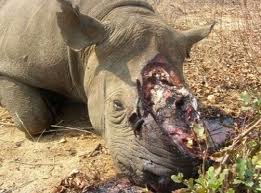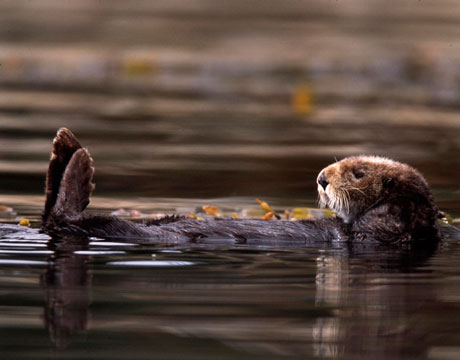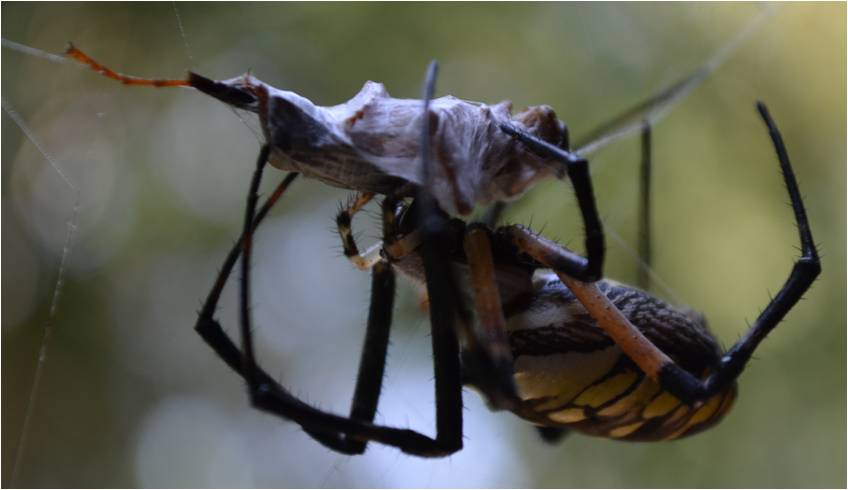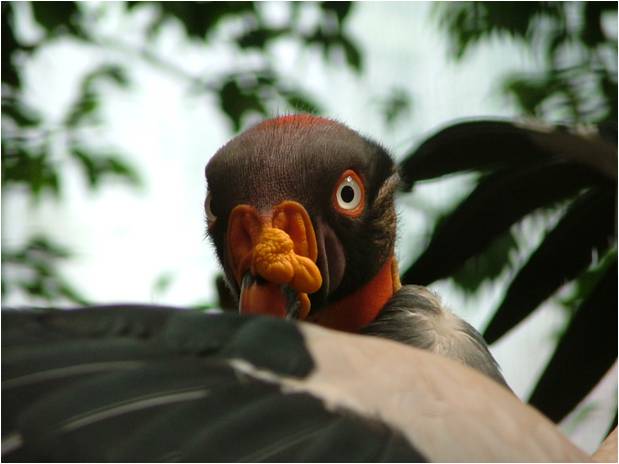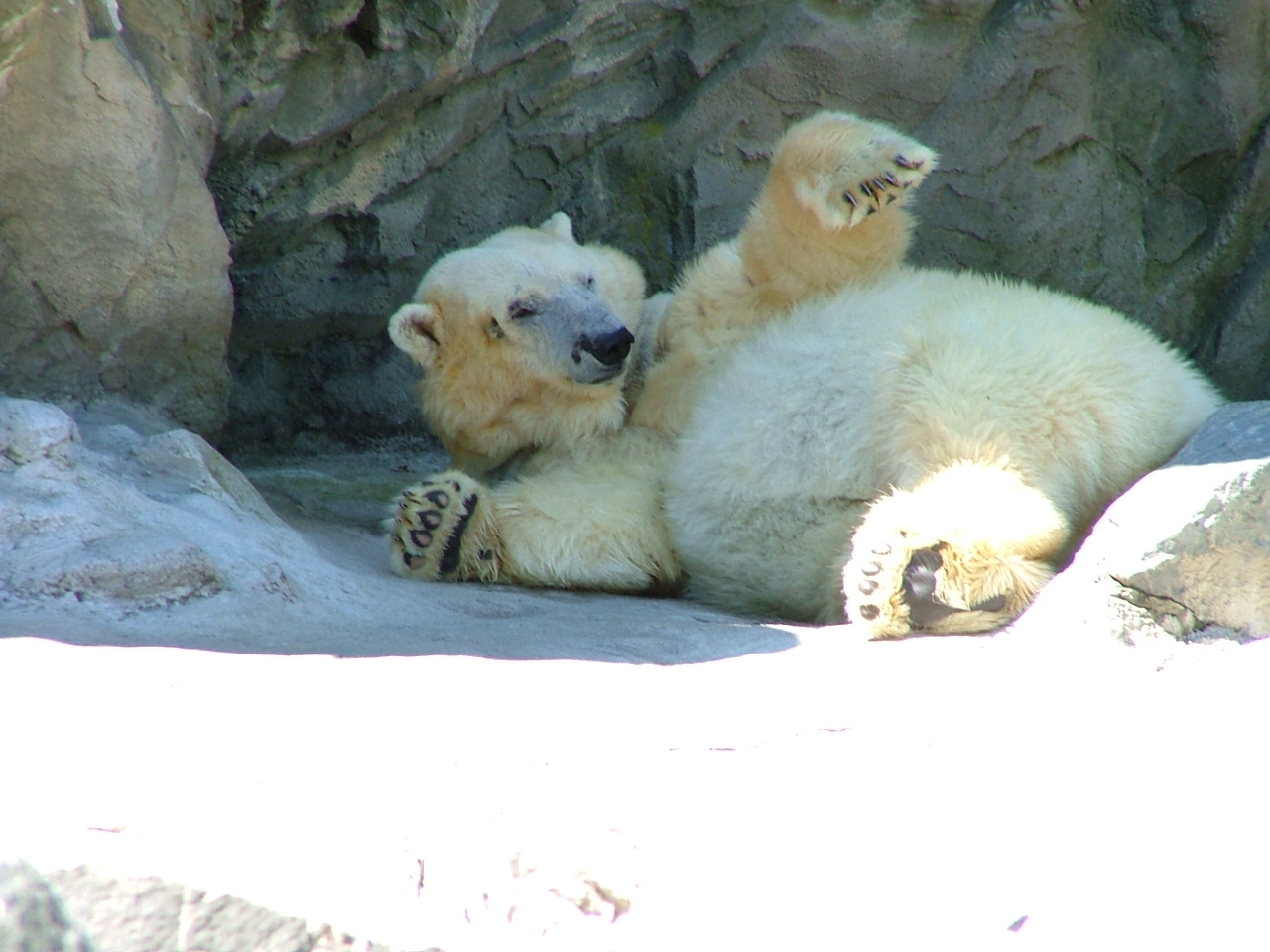Did you know that 8 June is World Oceans Day? Like all days of designated observance, World Oceans Day was started to bring a yearly awareness, in this case to the state of our underwater world. Although water makes up ~70% of Earth’s surface, our seas remain one of the most unique, important, and yet unexplored parts of our world. As vast as our marine areas are, they are also extremely fragile, quickly being destroyed from an ever-increasing pressure by an ever-increasing human population. I suppose it is easy to dismiss what we do not see on a daily basis; …
World Oceans Day: Why it Should Matter to All of Us
